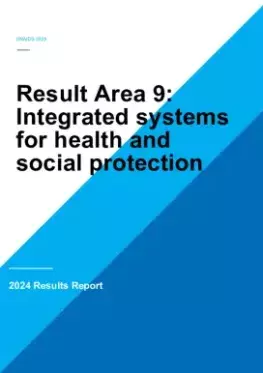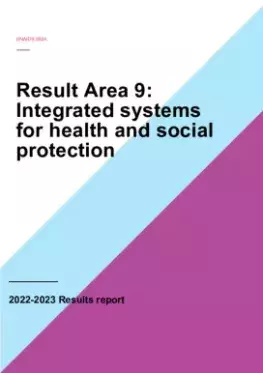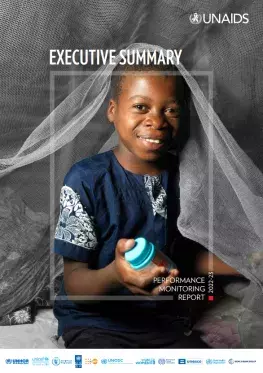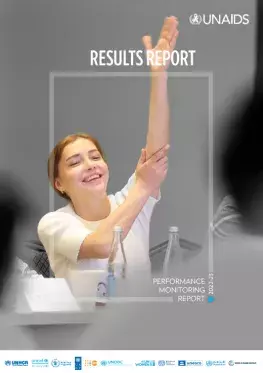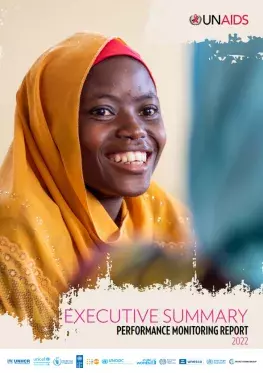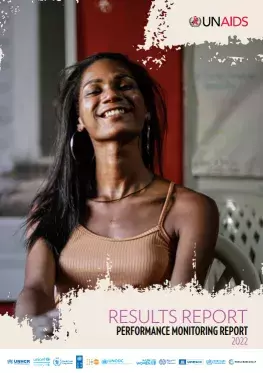In 2024, as the impacts of multiple crises significantly constrained the fiscal space for health financing, the Joint Programme enhanced its support for countries to leverage service integration and health system strengthening to improve outcomes including for those affected by HIV. The World Bank’s US$ 29.4 billion global health portfolio included 169 projects that improve health outcomes, especially for people left behind, by strengthening Universal Health Coverage and public health. The Joint Programme contributed to the Coalition of Partnership for Universal Health Coverage and Global Health to accelerate action and promote people-centred, rights-based, integrated systems and services for ending AIDS, as well as stronger primary health care, despite the global health financing emergency that threatens progress. This includes normative guidance, technical support to countries and e-leaning tools for integrated services and systems for HIV, TB, other sexually transmitted infections, hepatitis, other health and social protection,
With Joint Programme’s support, 73 countries have antiretroviral therapy services for both treatment and prevention purposes, organized and financed as part of overall health systems, including through primary health care. Moreover, 54 countries included cervical cancer screening and treatment for women living with HIV in their national strategies, policies, plans or guidelines for HIV, cancer, non-communicable diseases or other health areas.
The Joint Programme and partners supported governments and local partners to enhance social protection systems for vulnerable populations, including those living with HIV and other key population groups. Throughout 2024, the ILO continued promoting sustainable, human-centred and rights-based social protection systems. Those initiatives are aimed at combating persistent poverty, inequalities and the adverse effects of economic shocks and crises. UNHCR ensured that social protection was one of the activities included in the package of activities related to the protection of vulnerable people.
The Joint Programme collaborated with national authorities and others to implement and evaluate a “cash plus” social protection scheme for adolescents which combines social and economic support with a package of health and livelihood interventions, including for HIV. Cash transfers combined with complementary interventions or linkages to existing health and social services (“cash plus”) have been found to be effective for reducing behaviours that put people at risk of HIV, addressing psychosocial challenges and supporting adherence to HIV treatment among children and adolescents.


